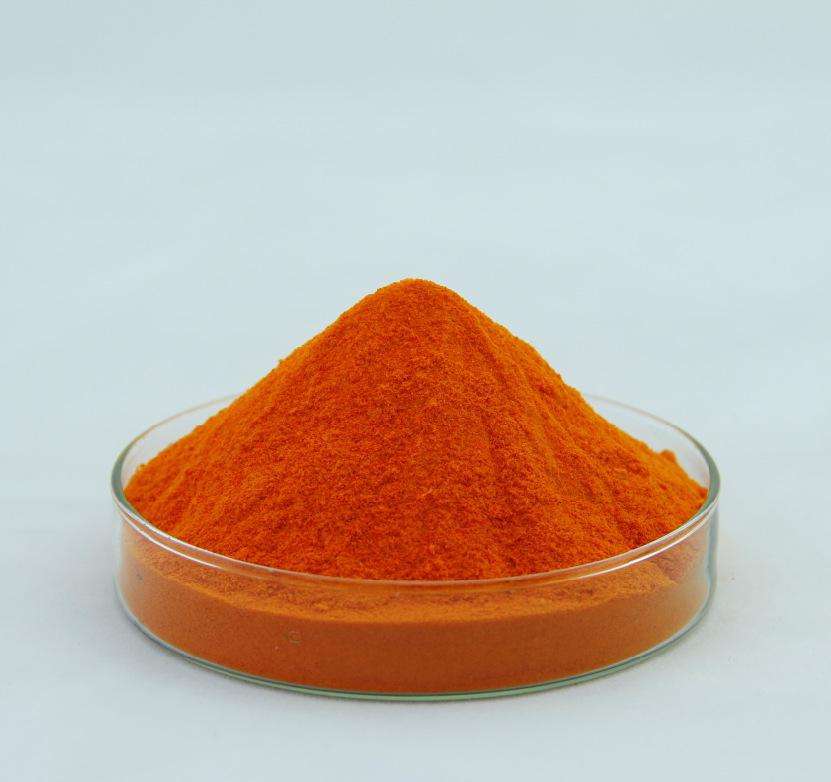
Supercritical CO2 extraction is a widely used technique in various industries for extracting valuable compounds from natural sources. This article focuses on the application of supercritical CO2 extraction for the separation and concentration of carotene. We will explore the extraction process, discuss key parameters, and present a table highlighting the effects of different parameters on carotene extraction.
Separation and Concentration of Carotene using Supercritical CO2 Extraction
Supercritical CO2 extraction offers an efficient method for separating and concentrating carotene from natural sources. The following steps are involved in the process:
- Raw Material Selection: Choosing a suitable source of carotene-rich material is crucial for the extraction process. Examples include fruits, vegetables, and certain microorganisms. Proper handling and preparation of the raw material ensure optimal extraction results.
- Extraction Equipment: Supercritical CO2 extraction systems consist of a high-pressure extraction vessel, a CO2 supply system, and a separation unit. The extraction vessel is designed to withstand high pressures, allowing CO2 to reach its supercritical state. The separation unit helps isolate the desired carotene compounds from the extracted mixture.
- Temperature and Pressure Control: Controlling temperature and pressure is critical in supercritical CO2 extraction. These parameters influence the solubility of carotene in the supercritical CO2, affecting the extraction efficiency. The table below illustrates the effects of different temperature and pressure conditions on carotene extraction.
Effects of Temperature and Pressure on Carotene Extraction
| Temperature (°C) | Pressure (MPa) | Carotene Extraction Efficiency |
|---|---|---|
| 40 | 20 | High |
| 50 | 25 | Medium |
| 60 | 30 | Low |
- Fractionation and Concentration: After the extraction, fractionation techniques can be employed to further separate carotene from other compounds present in the extracted mixture. Fractionation methods such as crystallization or chromatography help isolate and purify carotene. Subsequently, concentration techniques like evaporation or distillation can be used to increase the carotene concentration in the final product.
- Analysis and Quality Control: Analytical methods such as high-performance liquid chromatography (HPLC) or spectrophotometry are employed to quantify the carotene content and ensure product quality. These methods help verify the purity and concentration of carotene in the extracted and concentrated product.
Conclusion
Supercritical CO2 extraction provides an effective means for separating and concentrating carotene from natural sources. By optimizing temperature, pressure, and other critical parameters, extraction efficiency can be maximized. The use of appropriate fractionation and concentration techniques further enhances the purity and concentration of carotene in the final product. This environmentally friendly extraction method offers a sustainable and efficient solution for obtaining high-quality carotene compounds.